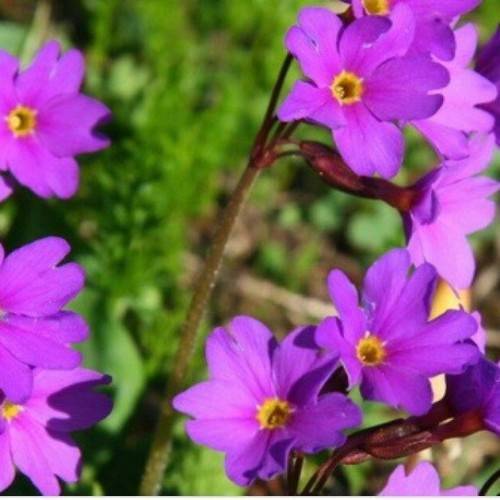
primula
Primula 'Wanda Kay'
Cycle:
Herbaceous Perennial
Watering:
Average
Hardiness Zone:
3 - 9
Flowers:
Flowers In Spring
Sun:
part shade,part sun/part shade
Leaf:
Yes
Growth Rate:
Low
Maintenance:
Low
Indoors:
Yes
Care Level:
Moderate
watering
Primula 'Wanda Kay' should be watered regularly, whenever the top few inches of soil have completely dried out. Generally speaking, this plant should be watered once every 7 to 10 days. It is important not to overwater as this can cause root rot and other issues. When watering, always make sure to water the soil evenly. Overhead watering is not recommended, as it can lead to fungal problems.
sunlight
Primula 'Wanda Kay' is an evergreen species that prefers bright indirect light, such as an east or north-facing window. The plant should be kept in the light for at least 6-8 hours of each day, and will do best if it is exposed to the morning's brightest light. During the hottest parts of summer it is important to protect the primula from too much direct sunlight, which can lead to bleaching and scorched leaves. It can also be beneficial to provide a little shade during mid-day, when the sun is at its hottest.
pruning
Primula 'Wanda Kay' typically blooms in the spring and should be pruned when the blooms start to fade. Prune the faded blooms down to the base of the stem, cutting just above a set of leaves. This will help to stimulate growth for next season's blooms, as well as prevent the plant from becoming leggy and scraggly. If the plant becomes too overgrown, more drastic pruning can be done to create a desired form. Cut back any tangled branches, weak stems and overcrowded foliage to a few healthy leaves above the basal rosette. This type of pruning should be done lightly, as primula plants are very delicate and susceptible to shock.
